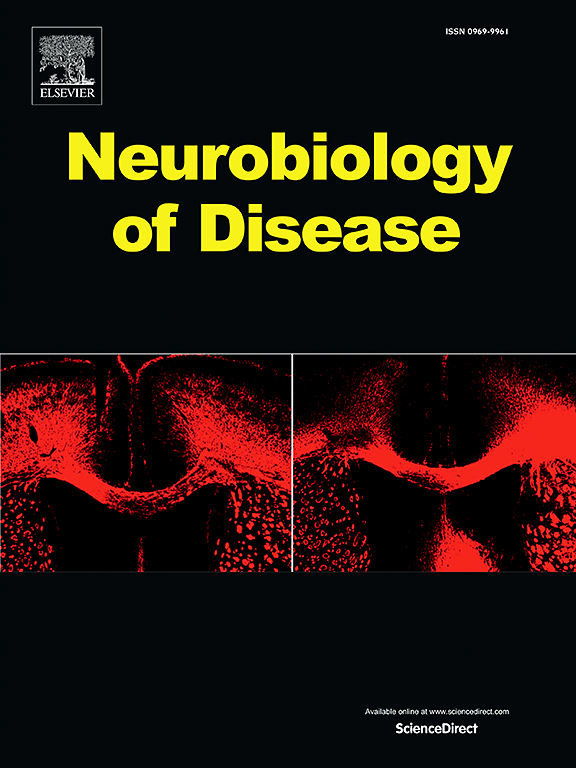抑制回路功能障碍是胶质母细胞瘤进展中皮层重组的潜在因素。
IF 5.6
2区 医学
Q1 NEUROSCIENCES
引用次数: 0
摘要
胶质母细胞瘤(GBM)是一种高度侵袭性的脑肿瘤,浸润周围脑组织,深刻影响邻近皮质区域。本研究通过检测两种GBM小鼠模型的可塑性变化来研究GBM如何重塑肿瘤周围皮层。使用光遗传刺激,我们观察到与对照组相比,GBM小鼠的运动映射改变和皮质特异性降低。形态学上,GBM小鼠表现出树突棘、神经元周围网和抑制标志物的减少。功能上,抑制回路明显受损,其特征是自发抑制电流频率增加,幅度下降。我们的研究结果强调了抑制回路中断在驱动皮层重组和运动图谱特异性丧失中的关键作用。小白蛋白和生长抑素中间神经元的减少,神经元周围网络的退化以及兴奋/抑制比的不平衡导致适应性可塑性不良,增加了高兴奋性和癫痫发作的风险。这些见解为开发治疗策略提供了基础,旨在恢复抑制功能,减轻gbm引起的皮质变化,并可能改善患者的预后。本文章由计算机程序翻译,如有差异,请以英文原文为准。

Inhibitory circuit dysfunction as a potential contributor to cortical reorganization in Glioblastoma progression
Glioblastoma (GBM) is a highly aggressive brain tumor that infiltrates surrounding brain tissue, profoundly affecting adjacent cortical areas. This study investigates how GBM reshapes the peritumoral cortex by examining plasticity changes in two GBM mouse models. Using optogenetic stimulation, we observed altered motor mapping and reduced cortical specificity in GBM mice compared to controls. Morphologically, GBM mice showed a reduction in dendritic spines, perineuronal nets, and inhibitory markers. Functionally, inhibitory circuits were markedly impaired, characterized by an increased frequency of spontaneous inhibitory currents and a decrease in their amplitude. Our findings highlight the critical role of inhibitory circuit disruption in driving cortical reorganization and loss of motor map specificity. The reduction of parvalbumin and somatostatin interneurons, degradation of perineuronal nets, and imbalance in the excitation/inhibition ratio contribute to maladaptive plasticity, increasing the risk of hyperexcitability and seizures. These insights offer a basis for developing therapeutic strategies aimed at restoring inhibitory function, mitigating GBM-induced cortical changes, and potentially improving patient outcomes.
求助全文
通过发布文献求助,成功后即可免费获取论文全文。
去求助
来源期刊

Neurobiology of Disease
医学-神经科学
CiteScore
11.20
自引率
3.30%
发文量
270
审稿时长
76 days
期刊介绍:
Neurobiology of Disease is a major international journal at the interface between basic and clinical neuroscience. The journal provides a forum for the publication of top quality research papers on: molecular and cellular definitions of disease mechanisms, the neural systems and underpinning behavioral disorders, the genetics of inherited neurological and psychiatric diseases, nervous system aging, and findings relevant to the development of new therapies.
 求助内容:
求助内容: 应助结果提醒方式:
应助结果提醒方式:


